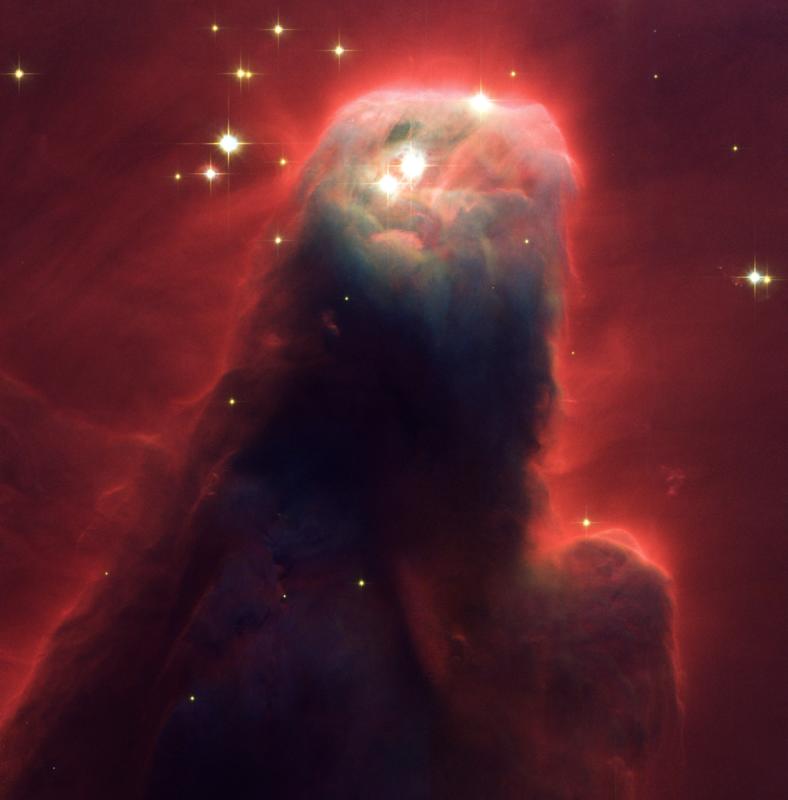Exploring Mars
The most historically observed planet in the solar system, Mars, has been the subject of astronomy since at least 400 B.C. when the Babylonians began making sophisticated predictions of the heavens. Since 1960 there have been 38 attempted missions to Mars, with only 19 successes. This 50% success rate has become known has the Mars Curse.
Perhaps the Mars Curse has been lifted because recent missions have been more successful including 6 of 7 Martian Landers. Included in this figure is Spirit and Opportunity which were launched in June 2003 and designed to last 90 Sols. The Rovers have far surpassed this expectation, with Spirit on Sol 1647, and Opportunity on Sol 1626. The rovers have made several important discoveries, including a patch of nearly pure Silica, which could be a promising place to look for signs of past microbial life. On Earth similar patches of Silica are formed from hot-springs and fumaroles which are both full of microbial life. Also currently on the Martian surface is the Phoenix Lander which has made it share of important discoveries, including: water, clay and several different salts. Water has previously been detected on the Martian surface but this is the first time it has been detected using a direct chemical analysis of the soil.
As knowledge is built, more questions arise, and future missions are being designed to answer such questions. Future mission include the international Mars Science Laboratory which is slated to launch this fall. This Rover will be equipped to determine if organic compounds are present in the soil, and to determine what geological processes may have formed samples of rock. Other future missions may include UAV scout missions, Mars Sample Return, an Astrobiology Field Laboratory, and eventually it will be necessary to send manned missions to Mars.
Tags: astronomy, Mars, Mars Science Laboratory, Phoenix lander
